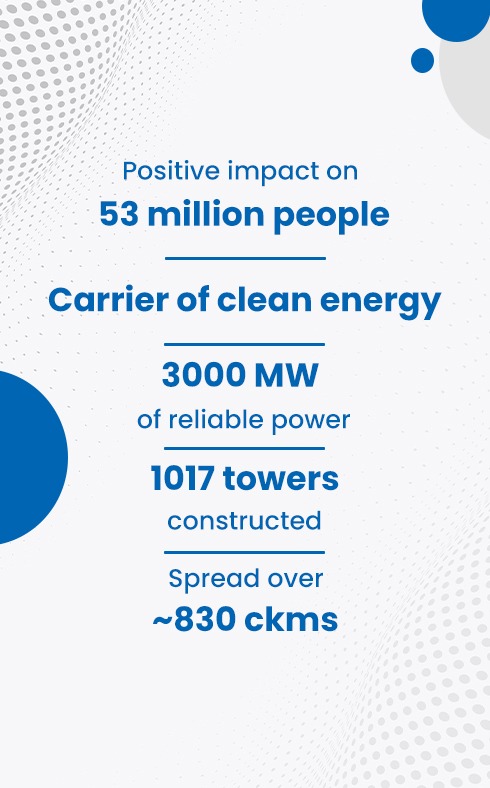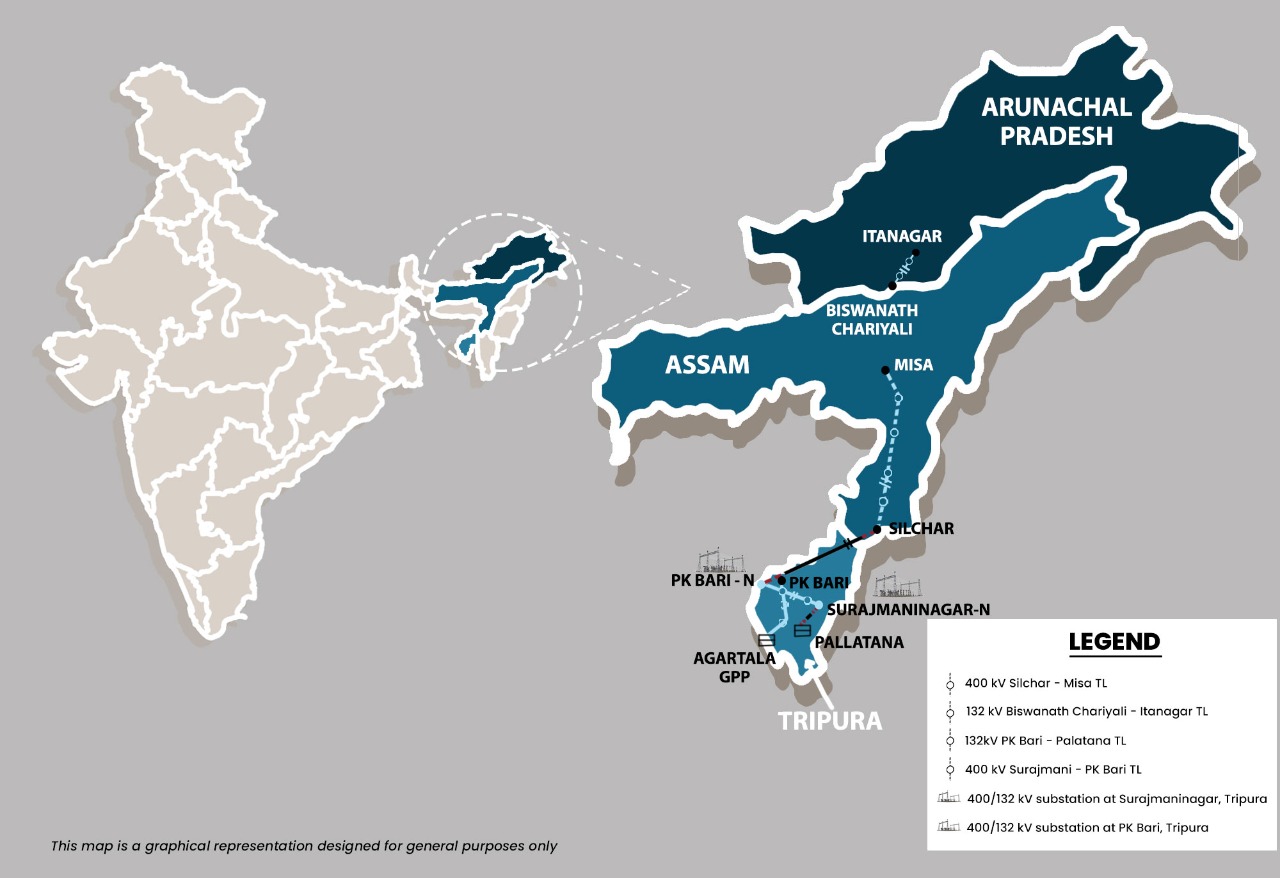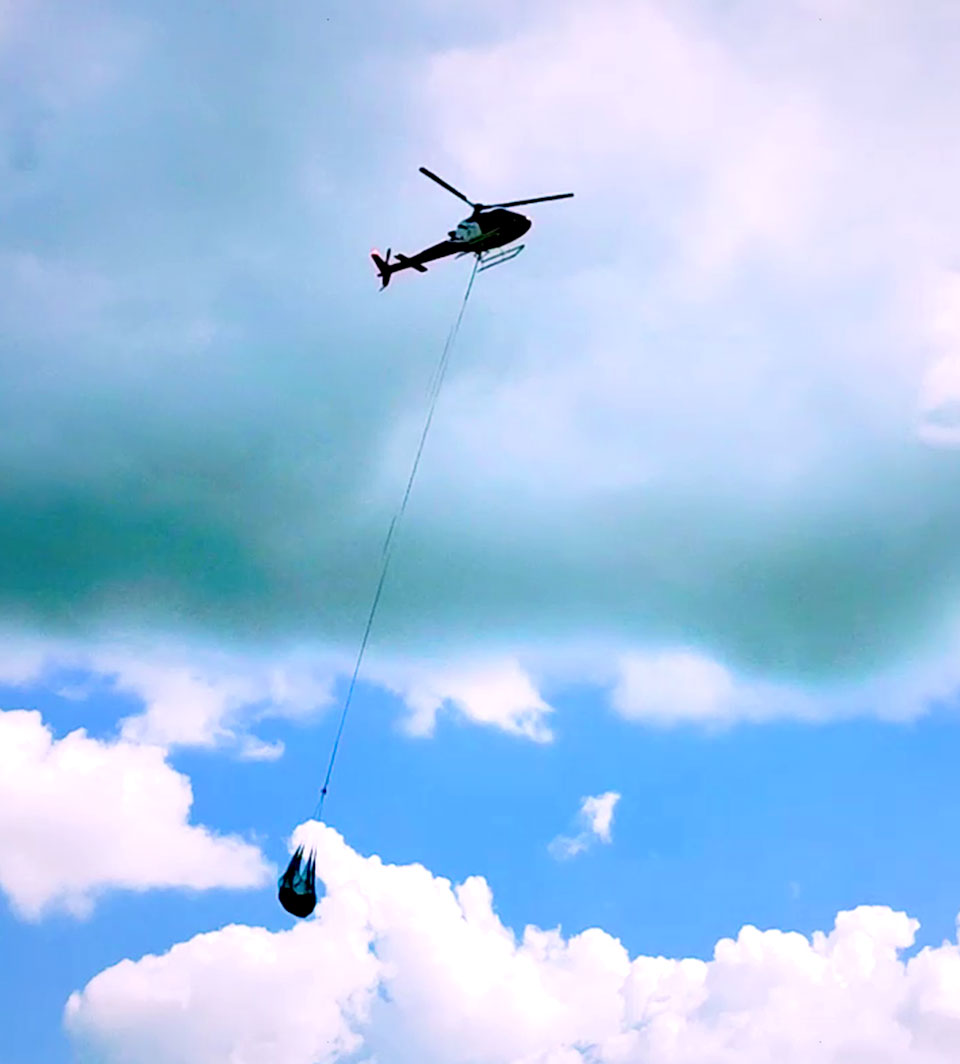
The enchanting land of North East India is abundantly blessed with diverse flora and fauna. However, it is also one of the most power-starved regions with one of the lowest per capita electricity consumptions at 402 units (kWh) as against a national average of 1208 units (kWh).
The mega NER-II (North East Region System Strengthening Scheme-II) Transmission Project, which is designed to deliver a massive 3,000MW of reliable power to 53 million people in the region, is indeed a game changer for the North East of India.
The corridor to the North East
Sterlite Power won the North East Region System Strengthening Scheme-II (NER-II) project in 2017 with the aim of strengthening North East India’s transmission network and connecting the regional network to the national grid.
Spanning the three states of Assam, Arunachal Pradesh, and Tripura, NER-II comprises of 11 distinct and complex elements, including two substations and four transmission lines extending over ~830 circuit kilometres. Besides powering individual states, the four transmission lines provide a strong interconnection between the northern and southern parts of the region, creating an additional provision of reliable evacuation of power, whenever required.
The project is also a carrier of clean energy as it connects various hydro and gas-based sources of power to the national grid. With gas acting as a natural balancer for renewables, the evacuation of gas power through a 400kV/132kV substation at PK Bari in Tripura and its associated interconnections, will play a vital role in balancing the intermittency of renewables.

Mega project, massive challenges
Executing a project of such a scale over the difficult terrain of North East was a herculean task. The project was rife with challenges from the beginning and needed innovative solutions.
The hilly terrains of North East make for some of the most gruelling roads in the country. Hence, conducting the initial survey proved to be an arduous task. The incessant rain spells that went on for over seven to eight months in a year left a small working window of only four to five dry months for project works. Also, the tower foundations had to be laid in regions with high water tables. At Borgang and Gohpur in Assam, for example, the issue was tackled by adopting a unique methodology involving combined raft foundation footings.
Also, considering that North East India is an active seismic zone, the entire transmission corridor has been constructed to withstand seismic activities and varied wind speeds. To tackle the challenges posed by the varying altitudes, approach roads to transport material had to be built while laying the tower foundations.

Overcoming challenges with innovation
While the teams were facing these challenges head-on, the Covid-19 pandemic created a massive disruption. Safety of workers was the highest priority and all manual methods had to be halted.
It was time to leverage our experience from Kashmir (NRSS-29) project where we had used state-of-the-art aerial technology for material movement and tower construction in the Pir Panjal range at altitudes as high as 8,000 to 12,000 ft. In the North East, we went a step ahead and for the first time introduced AS 350 B3 lightweight helicopters to transport heavy equipment and construction material over the demanding terrain, involving minimal manpower. Around 6,700 metric tons of construction material was swiftly moved across 50 locations in Assam and Arunachal Pradesh making the entire process safer, quicker, and more efficient.
Preserving the rich biodiversity
Given the ecologically sensitive nature of the region, the NER-II transmission corridor has been constructed carefully without disturbing the local wildlife and environment.
Bird flight diverters have been installed to prevent the transmission lines from hindering the flight of various migratory and local birds. Near Hojai in Assam, the transmission corridor has been constructed in a manner that safeguards the wildlife corridors. The team also worked with one of India’s leading behavioural expert on elephants to build rigid standard operating procedures to avoid any kind of human-elephant conflict. It also took concerted measures to reduce the overall tower footprint to minimise environmental impact on the biodiverse region.

Community first, always
During the project execution phase, the company engaged with various communities across 200 villages, including autonomous tribes, for an inclusive approach towards development. The company also provided employment to over 10,000 skilled and unskilled people during the construction phase. It also made intensive efforts to provide essential health items to vulnerable communities around the project sites during the national lockdown. Apart from providing relief items, multiple livelihood training and skilling programmes were also carried out for the underprivileged communities.
Despite the trials and tribulations, this colossal project is now complete — with tremendous local support, collaboration and most importantly, minimal environmental impact.
NER-II is indeed a showcase of our efforts and commitment to our core purpose of 'Empowering Humanity by Addressing the Toughest Challenges of Energy Delivery'.
